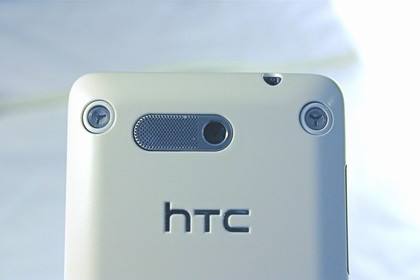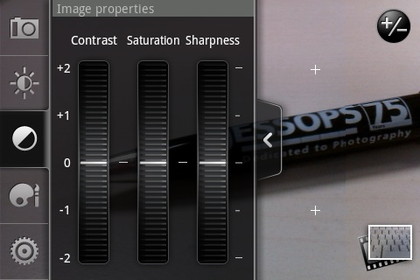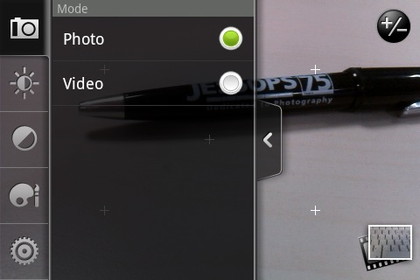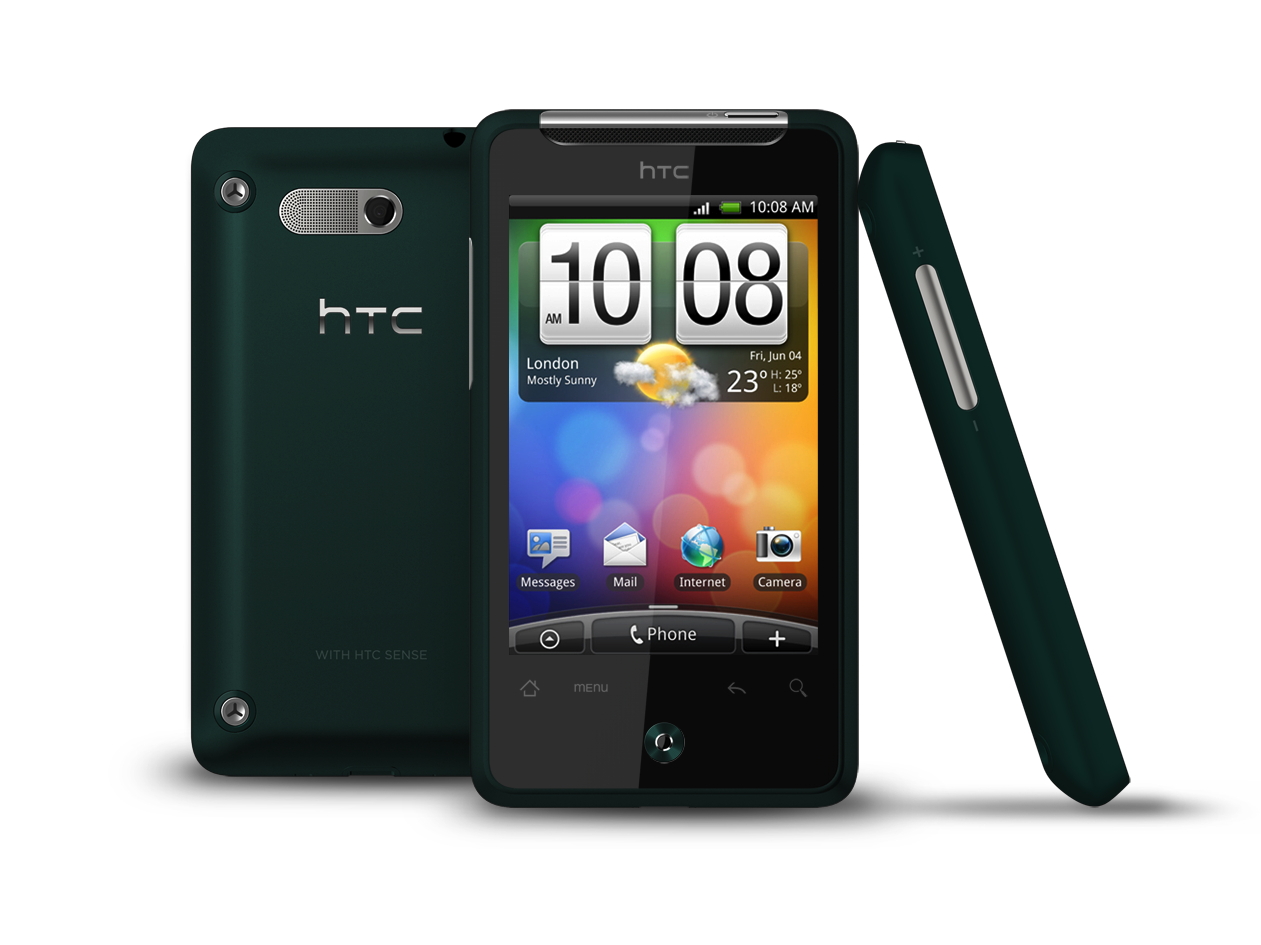Why you can trust TechRadar
HTC Gratia review: Camera

The Gratia's five-megapixel camera isn't short of an option or two, but it's lacking a few features we'd like, so don't ditch that point-and-click camera just yet.
Control over the quality of your shots is merely fine, with an array of sliders accessible from the menu that enable you to tweak contrast, brightness, sharpness and the like. Sadly, these are quantised into levels, and the jump between each point can be both significant and frustrating.

Further options, such as ISO, white balance and quality settings, can be accessed in a more standard way through the Settings tab. However, the menu as a whole is too screen-hungry for our tastes, often covering up half the display or more. It's forgivable when you're picking one of the extensive filter options or similar, but a real pain while tweaking shot-affecting parameters.

A flash is noticeable by its absence, and we found that shooting in low-light conditions was tricky at best and unmanageable at worst.
Tapping to set the focus point is always a nice addition, though, and the face detection proved pretty reasonable, so this will suffice for a few party snaps – as long as you're not in a dingy nightclub.

Click here for full-res version
FUZZY: The focusing can be a little off at times, such as with our muzzy king of beasts here

Click here for full-res version
ZOOM: Get in close and while the shot will look fine on the handheld's screen, they'll be far too pixellated if you view them on a computer display

Click here for full-res version
COLOURS: We noticed the Gratia's camera was particularly susceptible to colour casts, such as these red reflections that dominate the shot, but were pretty easy to miss by eye

Click here for full-res version
OUTDOORS: Getting outside made things better, but the sky texture's blown out and it was hardly the world's brightest day
